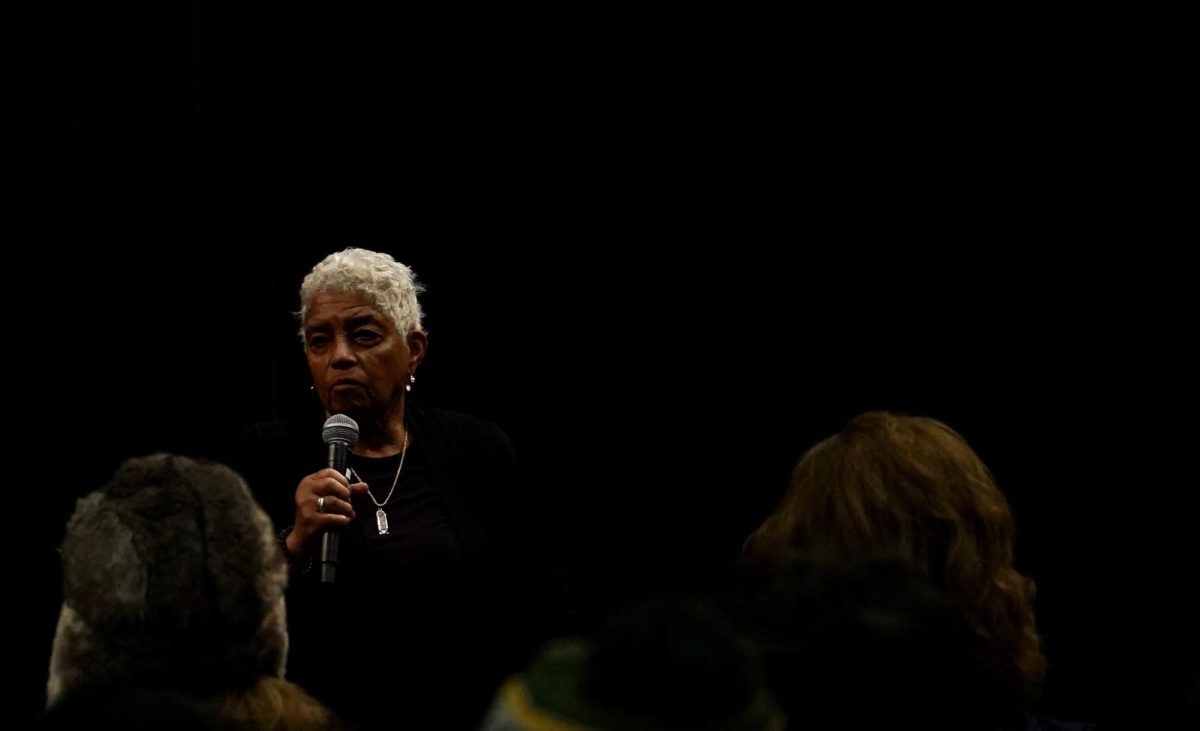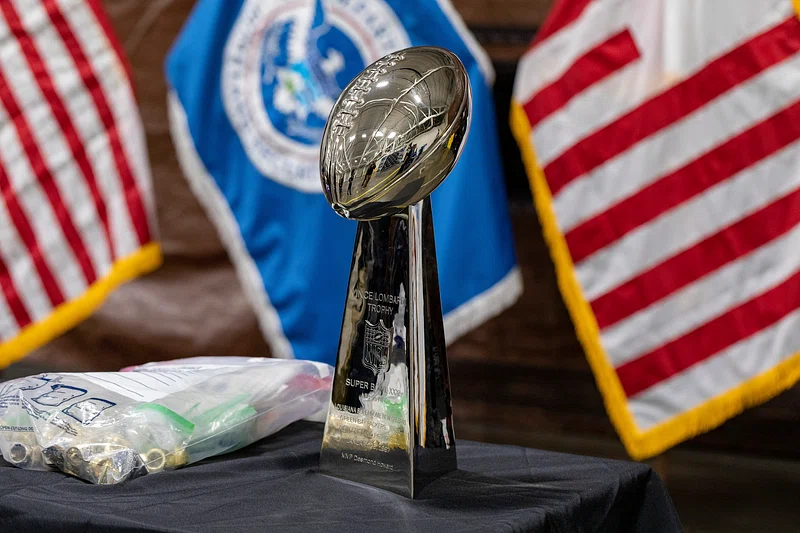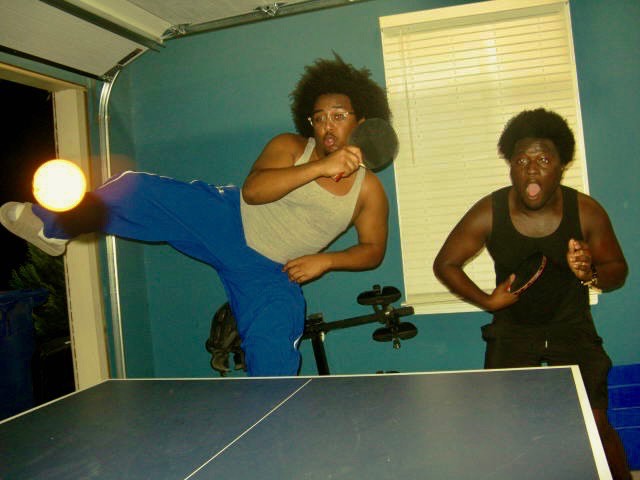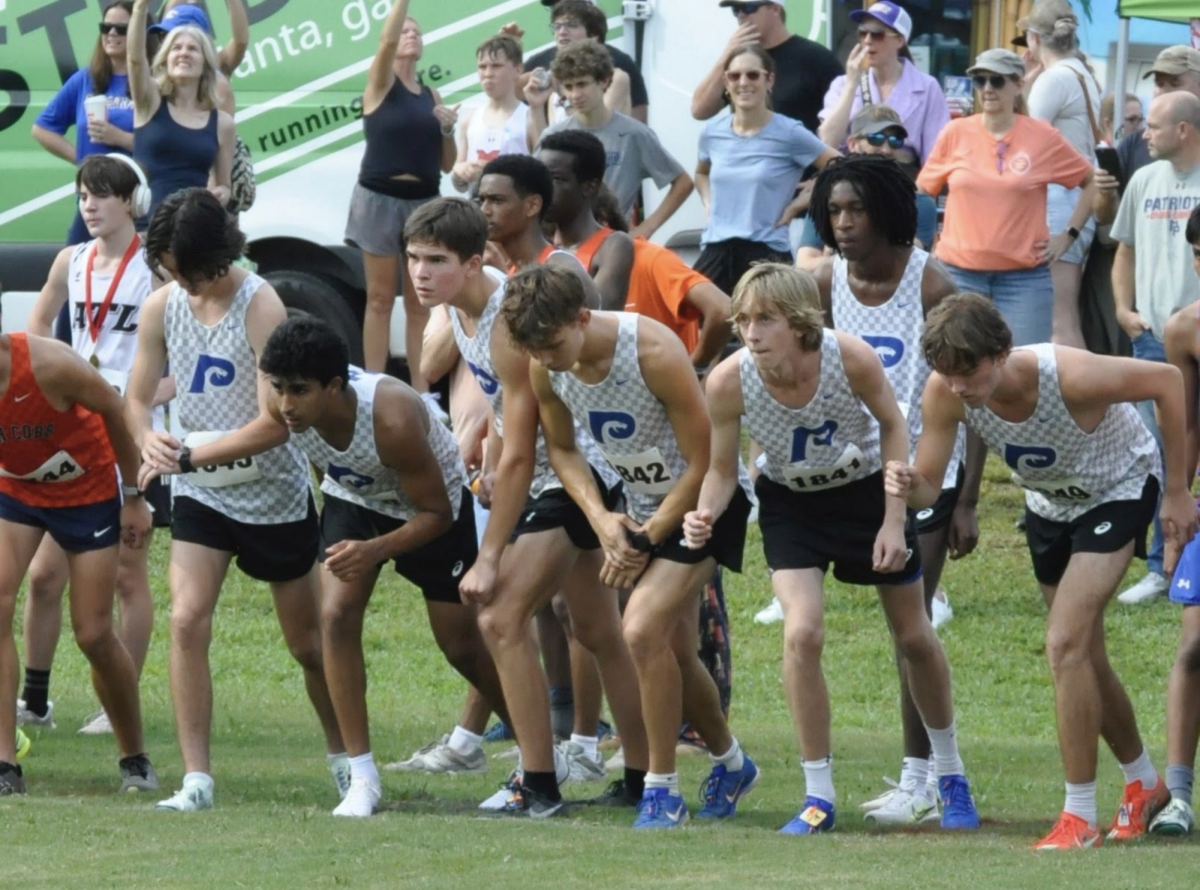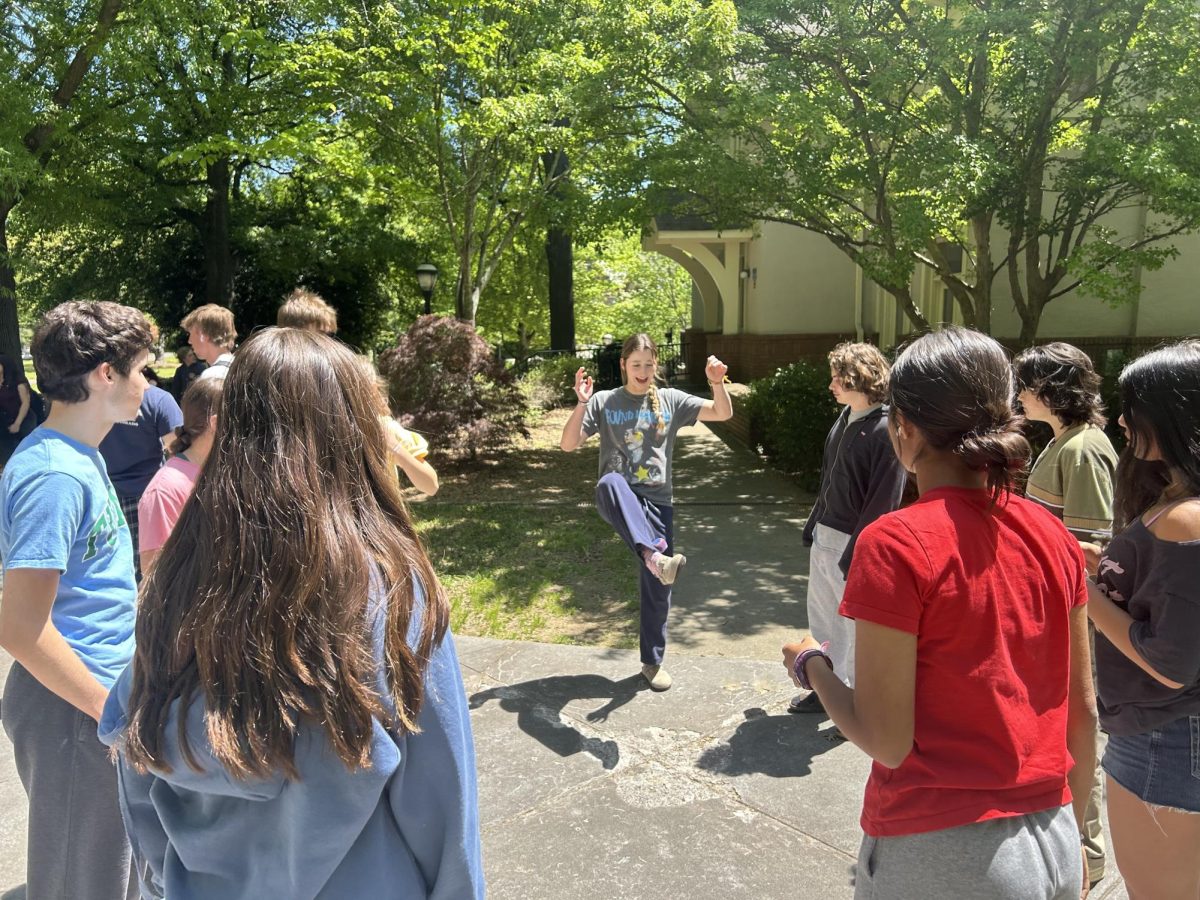In the wake of the tragic shooting at Apalachee High School in Winder, Georgia, a reporter at a rally in Phoenix asked Republican vice-presidential nominee JD Vance what specific policies he supports to address the growing epidemic of school shootings. Vance answered, “I do not like that this is a fact of life,” and then went on to argue that states with strict gun laws experience a similar number of school shootings as those without. He dismissed what he called the “Kamala Harris solution,” which he alleges is taking away law-abiding U.S. citizens’ guns, saying that it would be ineffective because of his previous claims and that the true solution is to bolster the security in our schools.
However, Vance’s assertion that strict gun laws do not impact the rate of school shootings is simply not true. According to the NRA official website, eight out of the ten states ranked with the highest number of school shootings do not require permits to carry shotguns or rifles, the firearms most frequently used in these tragedies. The two outliers are California and Illinois: California has the largest population in the United States, and Illinois requires a FOID permit, which can be obtained if the applicant meets basic criteria such as having a valid driver’s license, being over 21 or sponsored by a parent/guardian, and having no criminal record. However, it does not take into account the buyer’s mental health or previous alcohol or drug abuse. These factors could help explain why they do not conform with the other statistics.
Because of this data, we know for a fact that school shootings are not so much a “fact of life” but rather a failure in policy. Bolstering security at schools, while not completely useless, would definitely not put an end to these horrible incidents. Additionally, when I asked students at Paideia, none wanted to go to school and walk through a metal detector or carry a clear backpack. Not only can this instill an inherent sense of distrust, but it also can lead to people feeling even less safe. “Feeling like you’re under constant surveillance doesn’t make me feel safe—it makes me feel like the next target,” Hattie Gegax ’27 says.
In reality, the solution likely requires a balance between increasing school security and implementing stricter gun laws. Without meaningful action on both fronts, we’ll continue to see little progress in addressing the epidemic of school shootings. Stricter gun regulations are a crucial part of the solution, and this upcoming election could be pivotal in shaping policies that prioritize student safety over the status quo.
